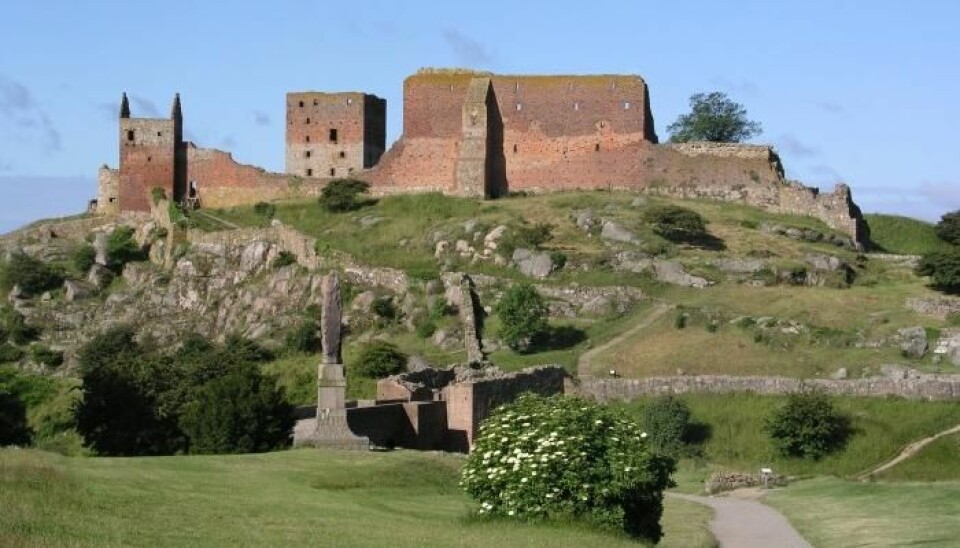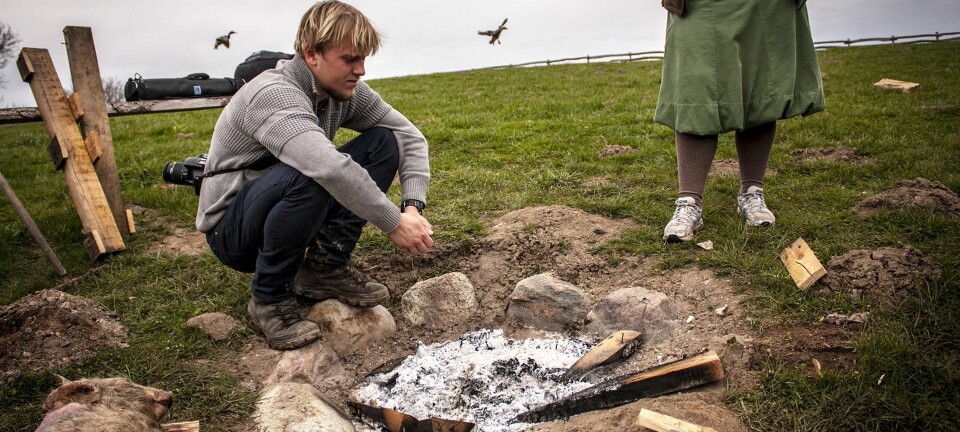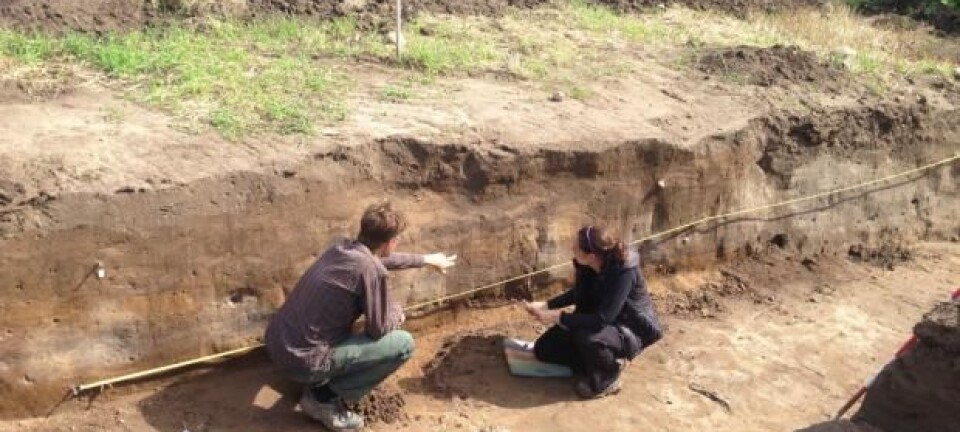
Researchers are trying to solve a Danish castle mystery
Who built the lengendary Hammershus castle? Archaeologist are trying to find the answer.
Hammershus, perched on the cliffs of northwest Bornholm in the Baltic, is perhaps Denmark’s best known ruin. It was excavated and renovated at the end of the 1800s up until 1940, but the ruined castle is still shrouded in a mystery with significance to the history of Denmark: who actually built Hammershus, and why?
For that reason it has been crucial to date the almost thousand year old structure, something archaeologists hope they will now be able to do as the ruins are posed to receive their first proper archaeological excavation.
“We’re aware that the parts of Hammershus we know date from the middle ages but the burning question is precisely when,” says Nils Engberg, archaeologist with The National Museum of Denmark and leader of the excavation. “Exactly when it was built is of huge importance to the role and significance the castle has enjoyed, so it’s incredibly exciting to find out what the studies will turn up.”
Legend may be more accurate than old archaeologists
According to agent legend, Hammershus was built by Valdemar the Great in 1159.
The theory held by researchers for many years, however, was that the castle was built in 1260 by the local Archbishop Jakob Erlandsen.
According to this theory, the Archbishop built the fortress because his former castle, Lilleborg, was conquered and burned to the ground by the Wend Count Jaromar of Rügen in 1259. Hammershus was then built to protect the Archbishop’s interests on Bornholm.
But this theory was brushed aside in the 1990s by another theory: that Hammershus was built in the early 13th century in an alliance between King Valdemar Sejr and Archbishop Anders Sunesen as part of their joint crusade against the Wends.
Excavation leader Engberg says, however, that the archaeological excavation at Hammershus could well support the the ancient legend.
“But perhaps Hammershus was built as early as the early Valdemar period (1157-1241) when the crusades began under the leadership of Valdemar the Great and Archbishop Absalon. Which means it simply has to have been the kings who took the initiative of building the fortress,” says Engberg.
He hopes they will find fragments of the old load-bearing oak beams beneath Hammershus. Oak is one of the best materials when it comes to radiocarbon dating. If this is not successful, the researchers will have to piece together a picture using ancient coins and pot shards or the like.
Why dating has to be done under the ground
According to Engberg, it is necessary to do an actual excavation because it is very difficult to date a building simply by looking at its walls.
“But you can take samples from the oldest mortar and try to date the carbon particles in the mortar. However, this method has not yet been fully developed and is still far too uncertain,” says Engberg.
The researchers cannot use the knowledge gleaned from the castle in the 19th century as a basis for dating, either.
The explanation for this lies in the way the castle ruin was excavated back then.
When they started excavating the ruins in the late 19th century the approach was more one of tidying up than excavating: they simply dug away, collecting whatever they found, Engberg explains:
“In an archaeological context we arrive at a date on the basis of the objects we find, and all sorts of things turned up at Hammershus -- keys, coins, canteens. Coins are usually useful when it comes to dating, but in this case the spread was from the 13th century and onwards. The objects came from the castle’s entire life span, so this hotchpotch did not reveal when the castle was built,” he says, adding that the new dig will be entirely different and systematic.
Among other things, the researchers will remove five-centimetre layers at a time so as to keep tabs on the chronology and what they find, so that they can compare the objects found in the same layer. Our forefathers also used grandma’s old pots just as we do today.
If the researchers are to form some kind of picture for dating they need to keep tabs on which layer the remnants are found in.
Ancient legend may have a grain of truth in it
Engberg has no doubt as to what he hopes the result will be:
“I believe that Hammershus was built in the 12th century or early 13th century by one of the Valdemars as a regal installation where the expeditionary fleet gathered, the Crusaders met before heading for Estonia, which is where, according to legend, the Danish standard flag Dannebrog fell down from heaven. That’s the best story in my opinion. And if it’s also right then there actually was a grain of truth in the legend about Hammershus. I have to say, though, that we have to keep our options open,” says Engberg.
Translated by: Hugh Matthews










